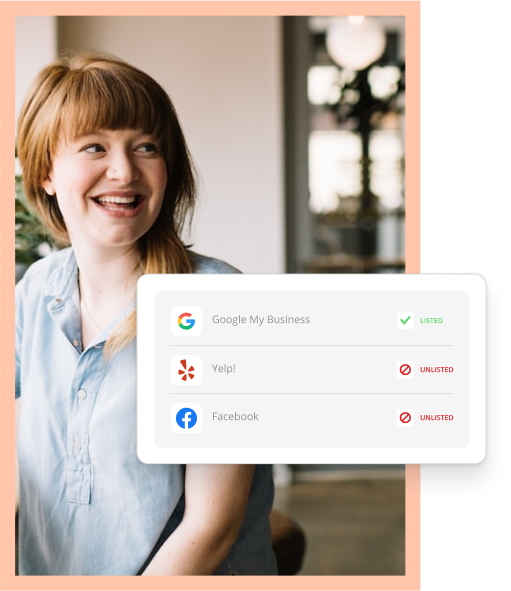
B – Does the ad communicate the Benefits to the user?
I – Does the ad provide enough Information and detail?
E – Is the ad content presented so it is Easy to read?
R – Does the ad give the user a Reason to do business with the company?
“Optimizing Content to Get the Best Results from Your Ads (and your website)”, CRM Associates, 2012
If the answer is yes on all four, then the ad passes the BIER test. Approximately 75% of current ads fail this test. The most left-out item is R, Reason to choose, followed by B, define the benefits.
B – Benefits:
- Consumers like ads that make them feel the business will “do something for them.”
- Make clear what a consumer will get by doing business with you.
- Make a personal connection by demonstrating caring, respect and a service attitude.
- Pictures “are worth a thousand words” and communicate intangible benefits.
- Benefits are strongest when stated directly and in positive language. For example, use “fast, prompt service” rather than “no delays.”
I – Information
Provide details and pertinent information that anticipate a consumer’s question. Mention products and services offered as well as any brands carried or serviced. When asked about specific items they look for, users responded as follows:
- 74% Phone number
- 54% Address
- 52% General proximity to their location/neighborhood
- 50% Company name
- 49% Hours of operation
- 46% General product or service information
- 41% Prices
- 27% Forms of payment
- 26% Compare features, range of services offered
- 26% Website
- 19% Credentials (BBB affiliation, family-owned, years in business)
- 19% Brands or trademarks
- 17% Ratings or reviews
Source: LSA 2012 Local Search Tracking Study
E – Easy to Read
Structure information so consumers quickly see benefits, products, and services so they can quickly decide if they are interested. Everything about the ad must show a respect for the consumer’s time. Ads should avoid making the users do any extra work (such as translating a vanity phone number to numbers).
- Pass the Glance Test – Increasing online research suggests users digest information in two passes: a) a quick glance to determine which ads they are interested in, and b) more time spent reading details of the chosen ads. Make the key benefits and selling points immediately visible when someone scans your ad.
- Easy-to-read ads are “hierarchical.” List information in vertical columns or short bullets, no paragraphs.
- Top ads provide information in groups of fewer than 7.
- The headline is most effective when it catches the user’s attention because of a benefit or distinguishing characteristics.
- Mirror the user thought process: Benefit, Educate/Inform. Let them know who you are.
R – Why should I buy from you?
It’s the question every potential customer asks. Communicating the unique qualities that differentiate a business IS the difference between top and lowest performing ads. Because you exist is not a very compelling reason to do business with you.
Differentiators:
- Years in business
- Credentials
- Largest inventory
- Lowest prices or biggest discounts
- Most accessible locations
- Speed of service/response
- Guarantees or Warranties
- Personalized service
- Offer a free service or call
“Who do you think you are?” Toronto Globe & Mail, Michael Hepworth, 5/4/05
For a wider ad content discussion, see Ask The Expert Video: New Websites.





